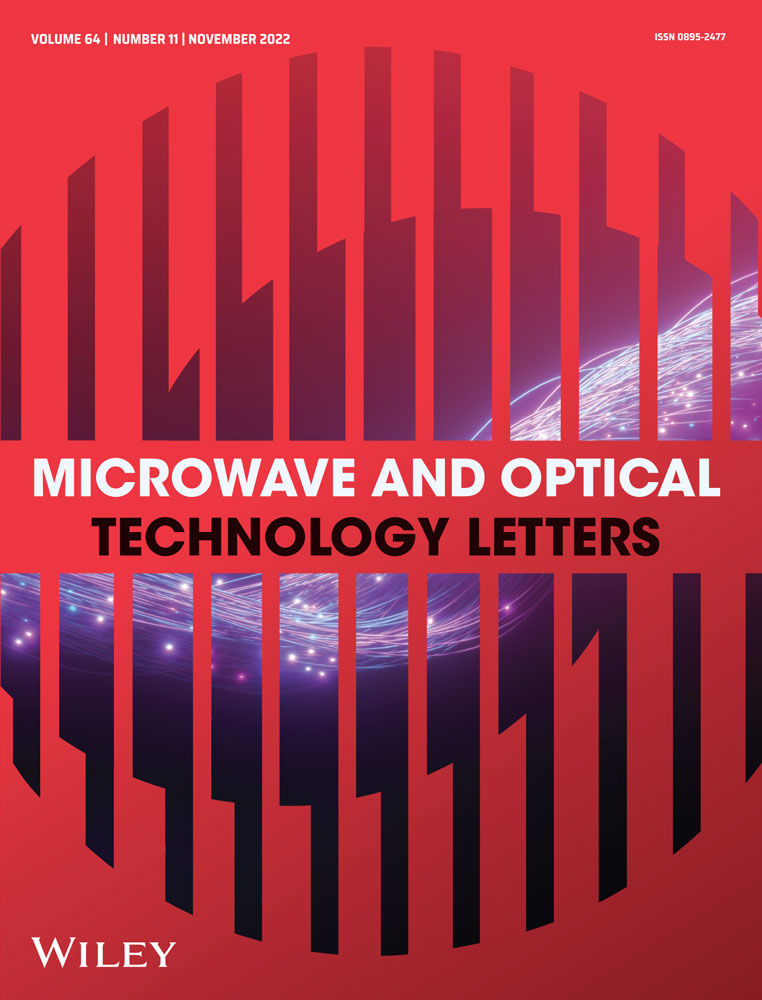Thermal management in high-power Erbium Ytterbium doped fiber amplifiers for optimum efficiency
Abstract
Cladding pumping is considered to be one of the best amplification approaches in view of the capital and operational expenditure for the development of high-power optical amplifiers. Such schemes use multimode high-power pump lasers as the pumping sources and they give high power output in the range of 3–5 W to use in fiber-to-the-home as well as optical cable television networks. With the requirement for high output power in multichannel cost-efficient telecommunication systems, amplifier devices face some limitations during its operation at maximum operating power level. The major limitations are the thermal effects, damage thresholds, and available pump power. Effective thermal management is a better option to improve the pump power conversion efficiency and power scaling in high-power fiber amplifiers. Analytical and experimental investigation of two approaches for the thermal management of a commercial 3 W amplifier is discussed. The first approach considers a regular Al 6063 heat sink-heat spreader combination with forced air cooling. The structure of the heat sink is optimized and the performance is analyzed with Aluminum and copper material for the heat spreader. The second approach discusses a thermoelectric cooler-heat sink combination and the analysis results showed better thermal management during the high-temperature operation of the amplifier. Two heat sink materials are considered in the analysis and results are discussed in the paper. Considering the cost-effectiveness of the proposed solution, the thermoelectric cooler and Aluminum heat sink assembly are validated.
Open Research
DATA AVAILABILITY STATEMENT
Research data are not shared.




